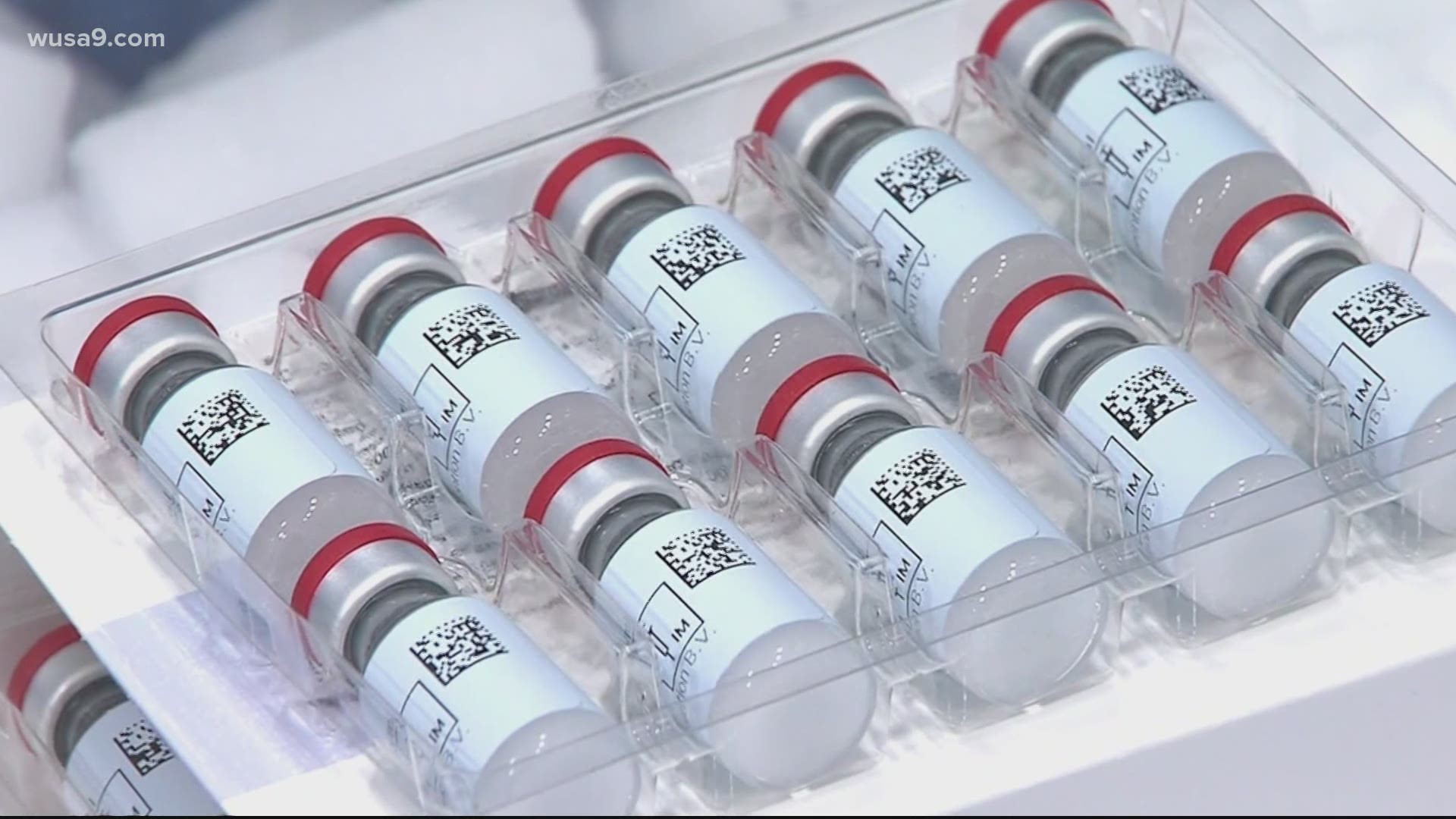WASHINGTON — Don’t throw away your shot. And don’t even think about turning down a Johnson & Johnson vaccine, while waiting for doses of Moderna or Pfizer. Such is the plea from public health experts, echoing a certain chorus and a certain mantra from the founding-father Broadway musical, "Hamilton."
The Centers for Disease Control & Prevention distributed key messages to local health jurisdictions this week, recognizing potential public hesitation to embrace the J&J shot.
The latest vaccine to enter America’s arsenal showed an 86 percent efficacy rate against severe COVID-19 in the U.S. during clinical trials. Yet the J&J rate is lower than the 95 percent efficacy shown by Pfizer and Moderna’s vaccines.
“All the available vaccines have been proven effective at preventing serious illness, hospitalization, and death from COVID-19 disease,” reads the CDC language sent to local health offices. “Getting vaccinated with the first vaccine available to you can help protect you from COVID-19.”
In an interview Friday, infectious disease specialist Dr. Linda Nabha stressed the most important achievement of the single-shot vaccine: zero deaths in a trial encompassing three continents, with 45,000 participants.
“One shot of the Johnson & Johnson vaccine protects you from death, 100 percent of the time,” Nabha said. “And, it protects you from severe disease, 100 percent of the time 49 days after the shot. In my mind, that is extremely effective.”
Doctors and public health officials also stress a comparison of the three vaccines cannot be fairly made. Each was evaluated during a different stage of the pandemic, with newer variants circulating during the J&J study.
“The properties of the virus have significantly changed since the Pfizer and Moderna studies were underway,” Nabha said. “We know that these viruses are more contagious, they potentially can cause more severe infections. And so, the properties of these variants, when Johnson & Johnson was studied, compared to the properties when Moderna and Pfizer were being evaluated, are different.”

